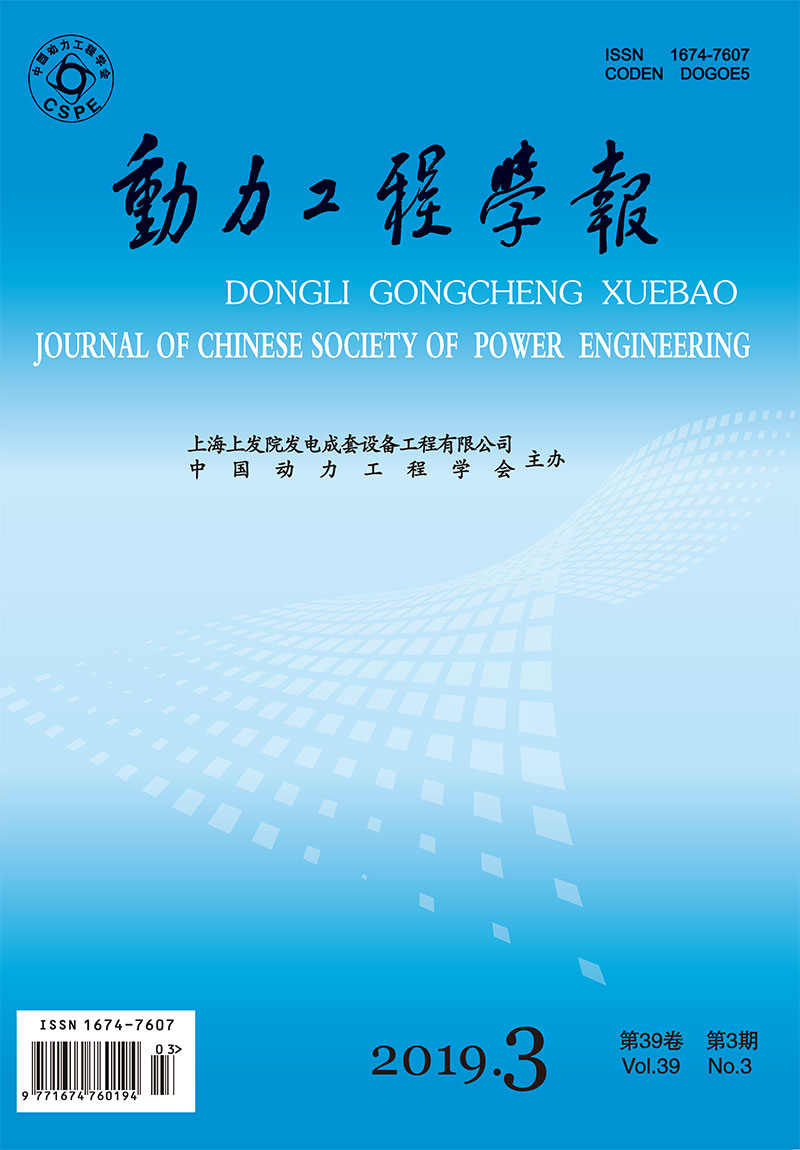MAO Jianbo, ZHANG Ming, XIONG Jianguo, ZHANG Xiaolong
2019, 39(3): 169-174.
To find the NOx emission characteristics of a 1 000 MW opposed firing boiler with OPCC swirl burners and 2 rows of overfire air(OFA) nozzles, field tests were conducted to study the effects of following factors on the NOx emission behavior, such as the operation mode of burners, oxygen concentration in furnace, damper opening of OFA air, vane angle of outer secondary air, damper opening of inner secondary air, damper opening of central air, outer secondary air flow of OFA nozzle, load distribution of burners, unit load and coal category etc. Results show that the influence coefficients of burner operation mode, oxygen concentration and coal category on the NOx emission are relatively high, which lie in 13%-20.2%; followed by the damper opening of OFA air, damper opening of inner secondary air, load distribution of burners, as well as the unit load, with influence coefficients in 4%-6%. The NOx emission is slightly influenced by the vane angle of outer secondary air, outer secondary air flow of OFA nozzles and the damper opening of central air.
